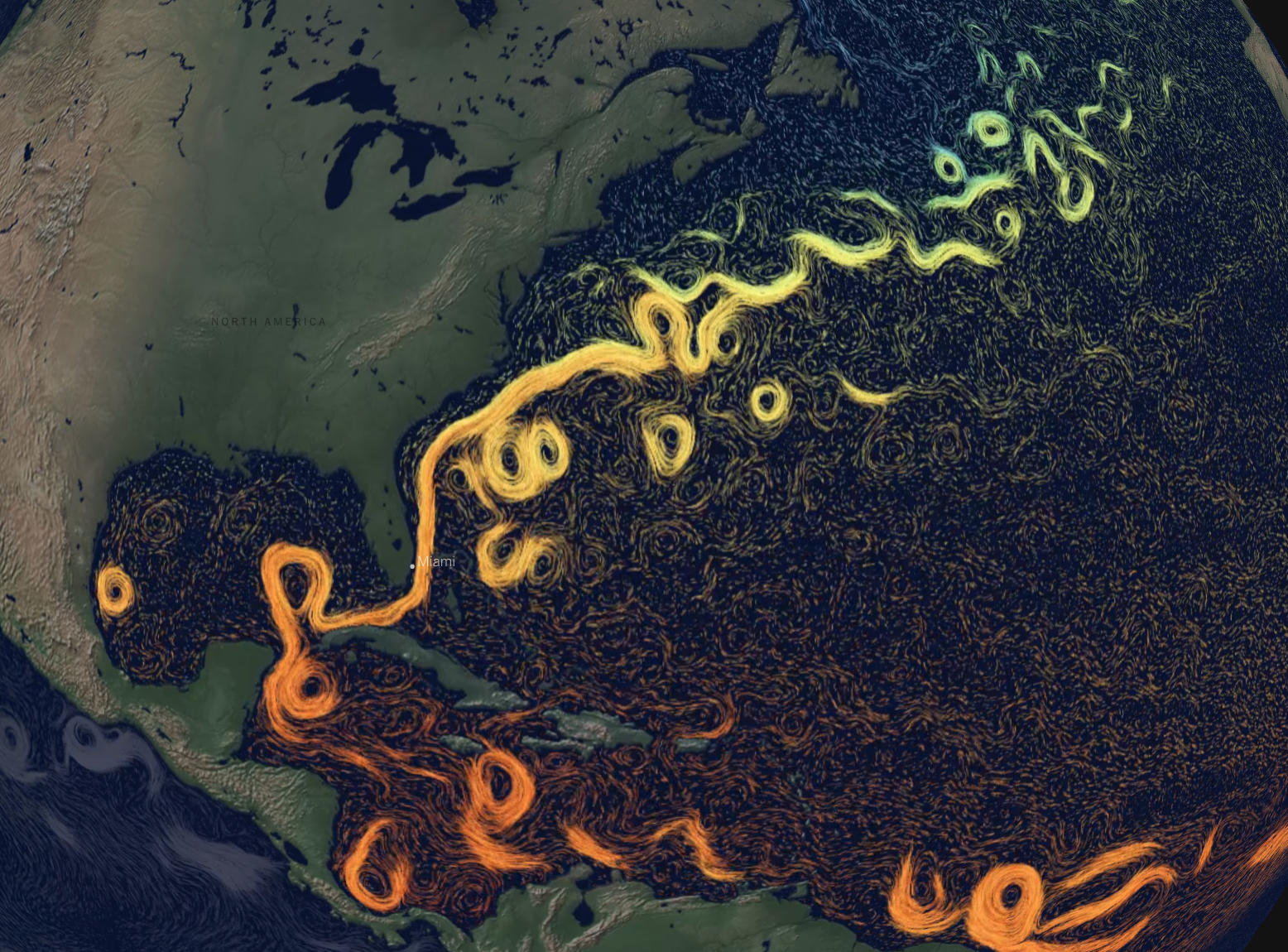
The Changing Course of the Gulf Stream
Sailors know that sailing in San Francisco Bay is hugely impacted by the current. On a larger scale, the Gulf Stream is the most important current affecting racers crossing the Atlantic or to Bermuda, but more importantly, it is the major reason palm trees grow at 50 degrees north in England and not at 40 degrees north in New York. A fascinating article in today’s New York Times reviews the latest science on the changing nature of the Gulf Stream and how those changes may impact the climate in Europe and Africa, and almost around the entire globe.

While the Gulf Stream current has ebbed and flowed over the eons, climate scientists are concerned that the accelerating rate of climate change could slow the Gulf Stream, creating a tipping point in our rapidly changing ecosystem. According to the article, Benjamin Franklin was the first to map the Gulf Stream during a transatlantic crossing in the 1700s (who thinks of him as a sailor?), and understanding its path has been a key factor in every Atlantic sailor’s course ever since. The future is forever uncertain but it’s always wise for sailors to pay close attention to forecasts. You can read more about Benjamin Franklin’s chart here.
